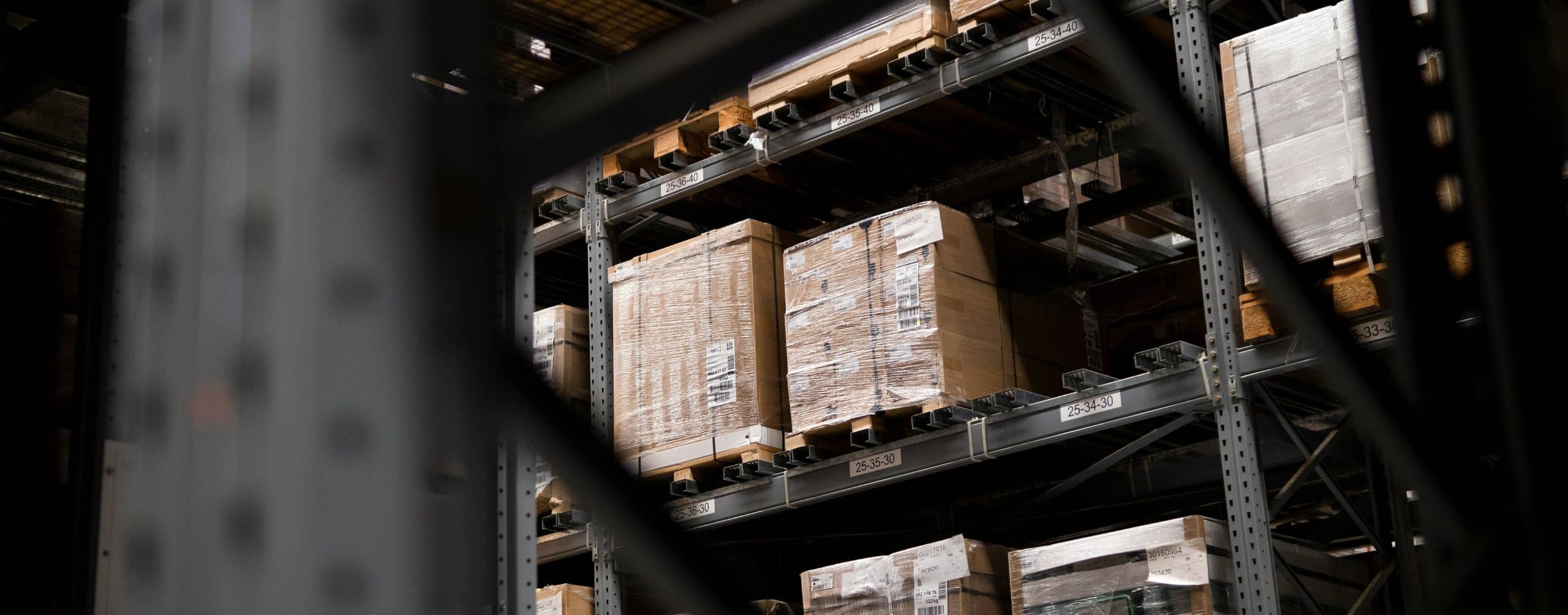Imagine having €23 billion tied up — not in innovation, talent, or expansion — but in inventory you don’t really need. Sounds crazy, right? Well, that’s exactly what’s happening across the 400 largest companies in the Nordics. Optilon’s latest Unnecessary Report reveals a hard truth: despite best efforts, businesses are still sitting on mountains of unnecessary inventory. And it’s getting worse — up 16% since 2021. So, the big question is: How did we end up here? And more importantly — how do we fix it?
What’s driving the excess inventory problem?
It all started with good intentions. After all, when the world shut down during the COVID-19 pandemic, many companies did the logical thing — they stocked up.
But the “safety stock” strategy stuck around longer than it should have. Now, demand patterns have changed, customer expectations have shifted, and those warehouses are packed tighter than ever.
Add to that old-school forecasting tools that can’t keep up with today’s fast-moving markets, supply chain disruptions triggered by geopolitical uncertainty, and outdated inventory systems that make agility almost impossible.
The result? Businesses are now paying the price for being “too prepared.”
The real cost of holding excess inventory
It’s not just warehouse space that’s being wasted. When inventory piles up, so does the pressure — on your finances, your operations, and even your environmental footprint.
Think about it:
- Capital that could fund your next big innovation, talent, or expansion is sitting idle on dusty shelves.
- Too much stock means more admin work and less room to move, which can slow down your entire supply chain and make it harder to stay competitive.
- Unused stock becomes waste, not only costing you money but also sabotaging your sustainability goals.
In short? Excess inventory is the silent killer of business agility and growth.
Turning inventory waste into competitive advantage
Here’s the good news: This isn’t just a €23 billion problem — it’s a €23 billion opportunity.
The companies that get smart about inventory now — using better forecasting, real-time analytics, and sustainable practices — won’t just save money. They’ll outpace the competition, attract new customers, and strengthen their supply chains for whatever comes next.
Want to know how? Stay tuned for Part 2: How to master inventory optimization, where we’ll dive into exactly how you can turn today’s waste into tomorrow’s wins.
Let’s master inventory efficiency – and unlock massive hidden value!
Want to read the entire Unnecessary Report? Download it here!
